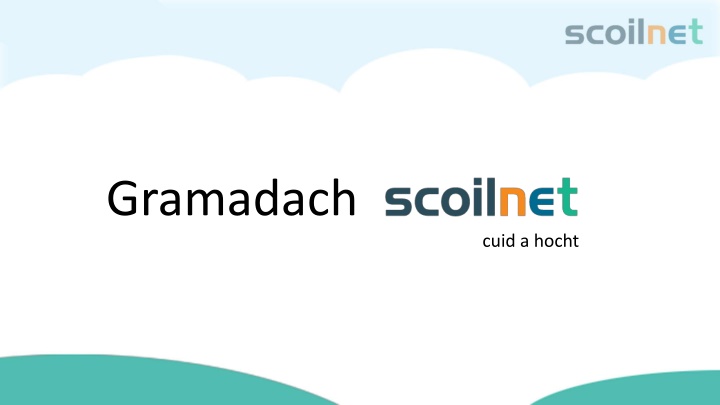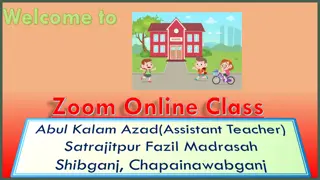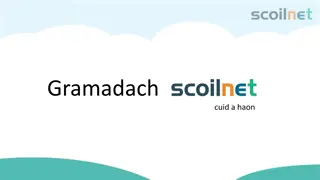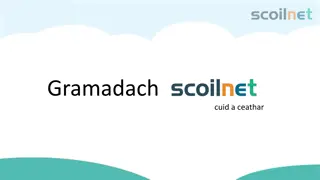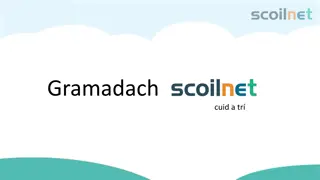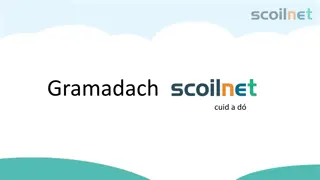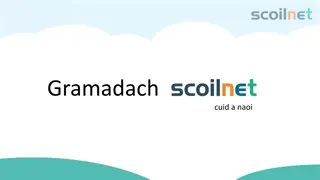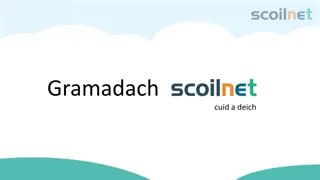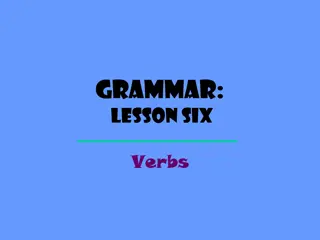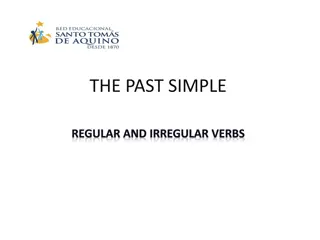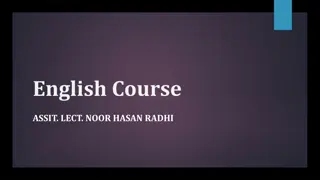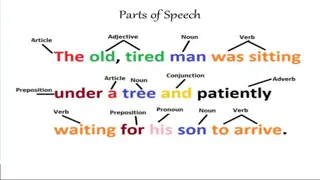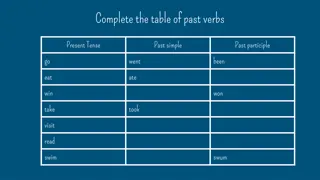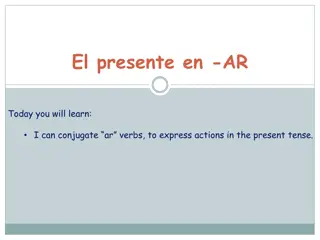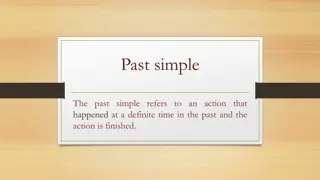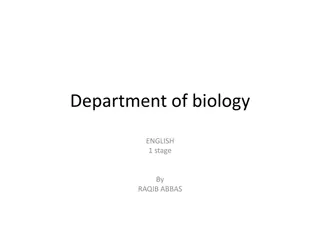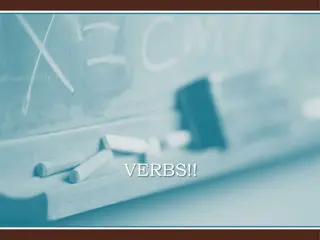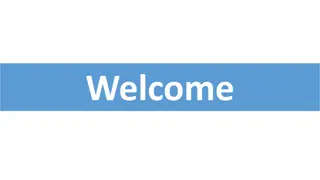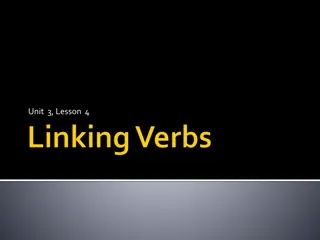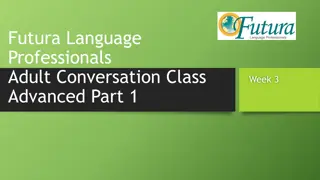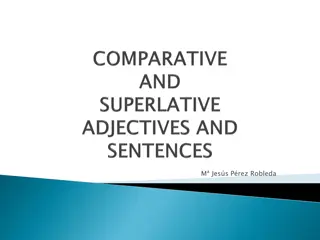Mastering Past Tense in Irish Grammar: 2-Syllable Broad Verbs
Understand the rules for forming the past tense with 2-syllable broad verbs in the Irish language, from identifying broad and slender verbs to asking questions and forming negative statements. Learn step-by-step processes and useful tips to enhance your grasp of the past tense.
Download Presentation

Please find below an Image/Link to download the presentation.
The content on the website is provided AS IS for your information and personal use only. It may not be sold, licensed, or shared on other websites without obtaining consent from the author.If you encounter any issues during the download, it is possible that the publisher has removed the file from their server.
You are allowed to download the files provided on this website for personal or commercial use, subject to the condition that they are used lawfully. All files are the property of their respective owners.
The content on the website is provided AS IS for your information and personal use only. It may not be sold, licensed, or shared on other websites without obtaining consent from the author.
E N D
Presentation Transcript
Gramadach cuid a hocht
An Aimsir Chaite Inn (The Past Tense - Yesterday) 2 syllable broad verbs Before you start, always check if the verb is broad or slender. Remember, if the last letter in the root of the verb is a,o or u, then the verb is broad e.g. tosaigh = broad verb. If the last letter in the root of the verb is i or e, the verb is slender e.g. irigh = slender verb. The rules for changing verbs to past tense are the same for one syllable verbs and two syllable verbs. For verbs that start with a consonant, add a h after the first letter e.g. d isigh - to wake = dh isigh m - I woke up. For verbs that begin with a vowel, put D in front of the verb e.g. oibrigh to work = D oibrigh m I worked. Verbs that begin with F take a D and a h e.g. Foilsigh to publish = D fhoilsigh I published.
An Aimsir Chaite Inn (The Past Tense - Yesterday) 2 syllable broad verbs The only difficult part is when we want to say we did something in the past tense. With broad 2 syllable verbs in the past tense, there are three steps. 1. Drop the gh part from the verb 2. Put a fada on the i 3. Add omar e.g. ceannaigh e.g. ceanna e.g. ceanna omar we bought Alternatively, you can drop the aigh and add a omar for 2 syllable broad verbs e.g. Cheannaigh = Cheanna omar
An Aimsir Chaite Inn (The Past Tense - Yesterday) 2 syllable broad verbs Ceisteach agus Di ltach (Questions and Negative) To ask a question in the past tense, we put Ar before the verb e.g. Ar cheannaigh t ? (Did you buy?), Ar thosaigh t ? (Did you start?), Ar eirigh t ? (Did you get up?)* To say that you didn t do something, we put N or before the word e.g. N or ceannaigh m (I did not buy), N or fhiafraigh m (I did not ask)*, N or eirigh m ? (I did not drink)* *Notice how we don t use d when using the ceisteach agus di ltach
An Aimsir Chaite Inn (The Past Tense - Yesterday) 2 syllable broad verbs Quick Recap: 1. For verbs that begin with a consonant, add a h after the first letter e.g. ceannaigh = cheannaigh m 2. For verbs that being with a vowel, put a d in front of the word e.g. oscail = d oscail m 3. For verbs that begin with an f, put a d in front of the first letter and a h after it e.g. fiafraigh = d fhiafraigh m 4. For verbs that begin with l, n and r, no change is made in the past tense e.g. rith = rith m 5. To ask a question, we use Ar. To say the negative, we use N or. 6. To use we in the past tense, add a h, drop the gh , change the i to a and add omar e.g. ceannaigh = cheanna omar.
